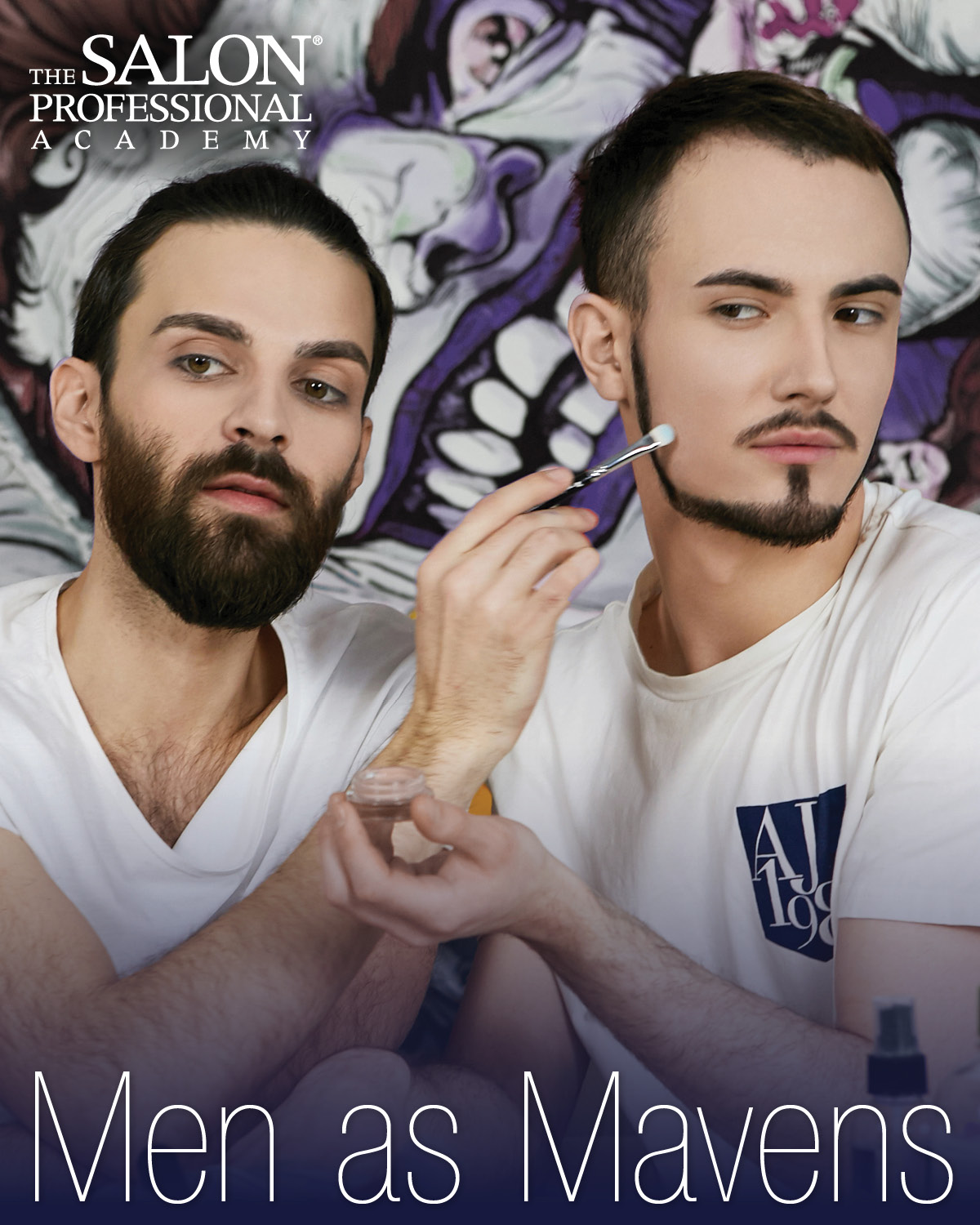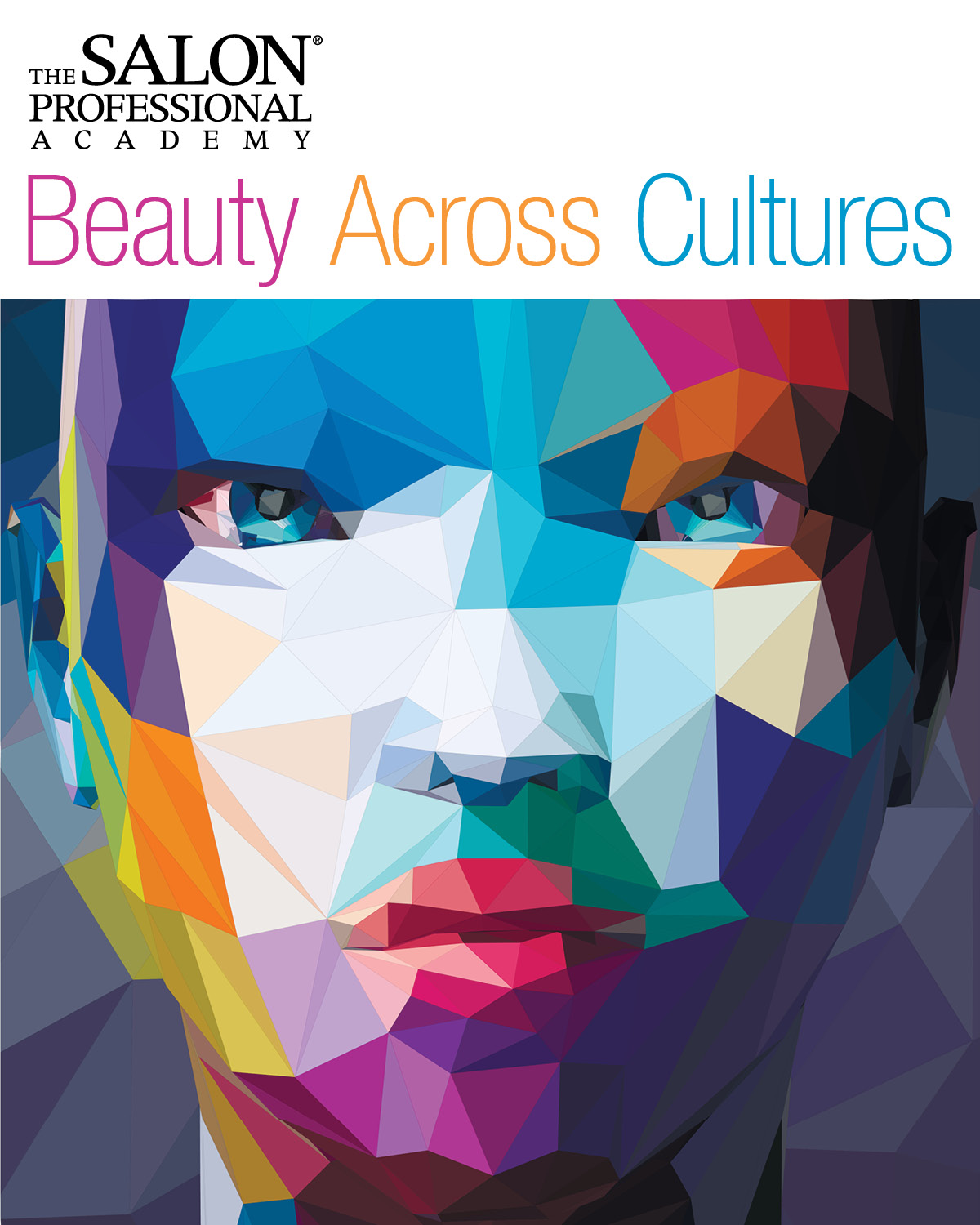Men are Today’s Make-Up Mavens!
Back in 1960, John F. Kennedy gave men around the world an important lesson. In the first televised presidential debate, he wore cosmetic foundation on his skin. Under the harsh studio lights, he looked vibrant and healthy compared to his pale and sweaty rival Richard Nixon, who refused to wear make-up. At the time, “real” men did not wear make-up.
Today, many men reject such outdated ideas about masculinity. Some people attribute this change to the popularity of the television show “Queer Eye for the Straight Guy.” However, it may be that more recent discussions about gender have led many men to consider using more cosmetics. To them, the message of Chanel’s 2018 ad campaign says it all: “Beauty is about style. It knows no gender.”
That’s why some men enroll in beauty school these days, there are now specific cosmetics lines just for men., including Formen and Stryx, and male beauty influencers such as Jeffree Star, Lou Flores, and James Charles have millions of followers on social media.
This should come as no surprise to those interested in cosmetology history. After all, some of the most famous cosmetic companies were founded by men, including Max Factor and Charles Revlon.
For male make-up mavens, everything old is new again!









